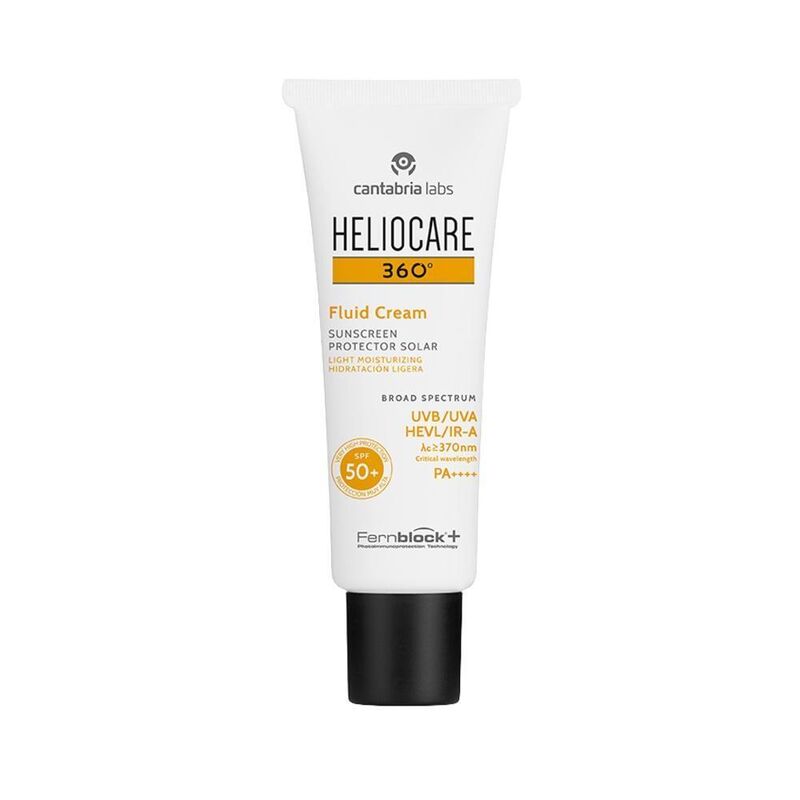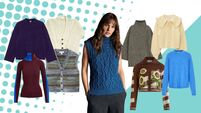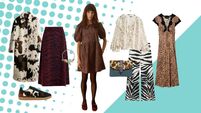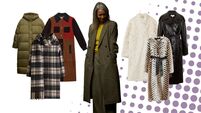The Skin Nerd: It's completely normal to get acne in your 20s, 30s, 40s and beyond

Pustules, papules and comedos are just some of the spots you can get.

Broad-spectrum SPF should be the cornerstone to every hooman’s morning skincare regime and the Heliocare 360 Fluid Cream is a firm favourite for many reasons. For starters, it provides the highest level of protection with SPF 50 and shields skin from harmful UVB and UVA rays. But it also protects skin from visible light, infrared and pesky free radicals caused by sun exposure. The formula contains Heliocare’s antioxidant Fernblock® technology which neutralises free radicals to prevent any damage to the skin. Apply ½ teaspoon of Heliocare SPF to the face, neck, chest and ears before sun exposure and top up with the same amount every three hours.
Heliocare 360 Fluid Cream (€27.99, theskinnerd.com)







